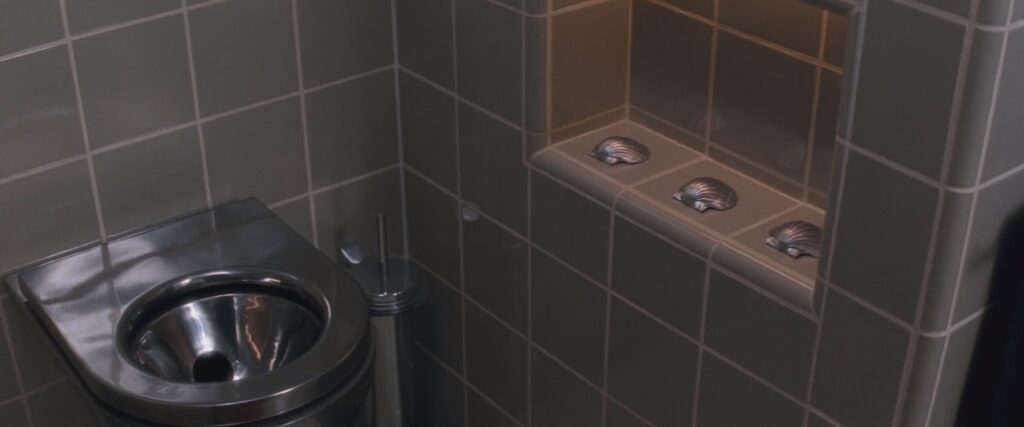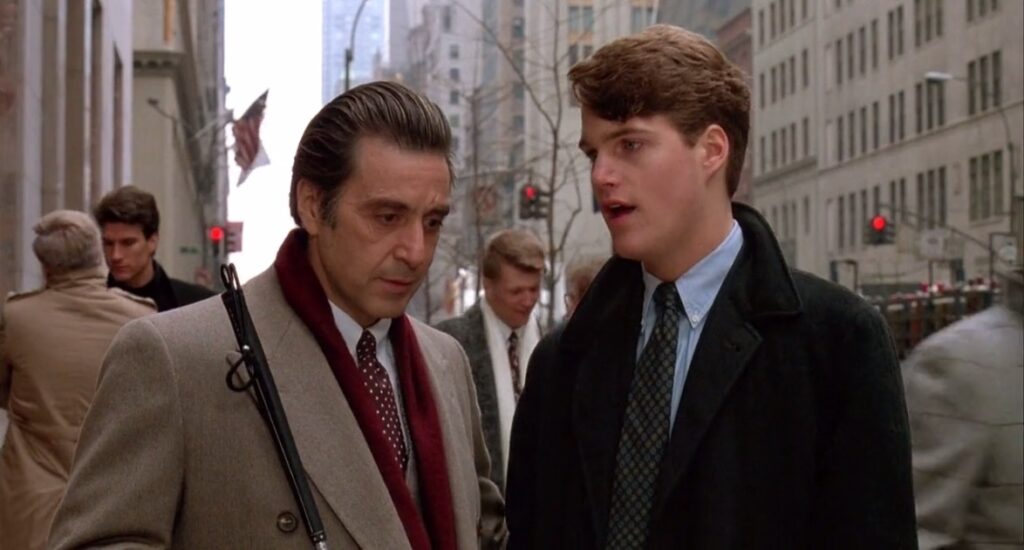“Farewell, My Concubine” (1992): A Poignant Epic of Love, Art, and Revolution – Film Review

Chen Kaige’s 1992 film “Farewell, My Concubine” stands as a monumental piece in the panorama of Chinese cinema. This sweeping epic, which intricately weaves personal tragedy with the colossal upheavals of 20th-century China, offers not only a breathtaking cinematic experience but also an intimate exploration of identity, loyalty, and the devastating effects of political change on personal lives.
Exploring the Narrative and Thematic Depth
“Farewell, My Concubine” spans over fifty years, tracing the lives of two Peking opera stars, Cheng Dieyi (Leslie Cheung) and Duan Xiaolou (Zhang Fengyi), from their rigorous training in the 1920s to the Cultural Revolution’s climax. The film is layered in its narrative structure, interlinking the destiny of these characters with the historical drama of China’s own tumultuous journey through monarchy, war, and revolution.
The core of the narrative revolves around Dieyi’s complex emotional and sexual identity, intertwined deeply with his stage role as Concubine Yu. His devoted, obsessive love for Xiaolou, who plays the King in their performances, mirrors the traditional operatic stories they enact, blurring the lines between reality and performance, creating a rich tapestry of meta-narratives.
Behind the Scenes: Crafting the Epic
Directed by Chen Kaige, himself raised during the Cultural Revolution, “Farewell, My Concubine” is a personal project, reflecting not only historical accuracies but also the emotional and psychological impact of those times. The film’s production was an immense undertaking, requiring meticulous attention to historical detail in its portrayal of various eras. Authentic costumes and sets were created to depict each decade accurately, involving extensive research and dedication.
The casting of Leslie Cheung, a popular Cantopop star, and Zhang Fengyi, a mainland Chinese actor, was a stroke of genius, bringing together talent from both Hong Kong and the People’s Republic of China. Their performances, especially Cheung’s portrayal of Dieyi, are profound, capturing the nuances of their complex characters with both flamboyance and subtlety.
Cinematography and Musical Score
The cinematography by Gu Changwei is stunning, using a palette that evolves from the rich, saturated colors of the Beijing opera to more muted tones that reflect the protagonists’ aging and the socio-political turmoil surrounding them. The film’s use of operatic and traditional Chinese music not only enhances the emotional landscape but also serves as a narrative device, linking scenes and themes together seamlessly.
Cultural and Political Undertones
“Farewell, My Concubine” does not shy away from addressing controversial topics such as sexuality, identity, and the brutal impact of political change on artistic expression. The film faced censorship issues both domestically and internationally due to its candid portrayal of these themes. Its unflinching look at the Cultural Revolution, in particular, was groundbreaking, as it was one of the first films allowed by the Chinese government to examine the period critically.
International Acclaim and Challenges
Upon its release, the film received widespread critical acclaim, winning the Palme d’Or at the Cannes Film Festival, sharing the prize with “The Piano” by Jane Campion. However, its reception in China was mixed, with some praising its artistic achievements and others condemning its portrayal of sensitive historical issues. The film’s international success helped to propel the Fifth Generation of Chinese filmmakers onto the global stage, showcasing their ability to blend artistic storytelling with incisive social commentary.
Delving into Character Portrayals and Performances
Leslie Cheung’s portrayal of Cheng Dieyi stands as a cornerstone of “Farewell, My Concubine,” capturing the essence of a character tormented by unrequited love and a blurred line between stage persona and personal identity. Cheung’s performance is deeply nuanced, showing Dieyi’s transition from a vulnerable child, through his rise as a celebrated opera star, to his tragic decline in the face of political and social upheaval. His ability to convey complex emotions—ranging from delicate vulnerability to fierce passion—adds a profound layer of depth to the film.
Zhang Fengyi’s role as Duan Xiaolou provides a compelling contrast to Cheung’s Dieyi. Xiaolou is portrayed as more grounded and pragmatic, embodying traditional masculinity and often conflicted by his loyalty to Dieyi and societal expectations. Zhang Fengyi delivers a robust performance, effectively capturing Xiaolou’s internal struggle and his eventual capitulation to societal and political pressures.
Gong Li, playing the role of Juxian, the prostitute turned wife of Xiaolou, brings another dynamic to the narrative. Her presence introduces a complex love triangle that further complicates the relationships between the main characters. Gong Li’s portrayal is subtle yet powerful, depicting Juxian as both a catalyst for conflict and a victim of her circumstances.
Artistic Direction and Set Design
The film’s artistic direction, led by production designer Cao Jiuping, showcases an exquisite attention to detail that authentically recreates the evolving Chinese landscape across several decades. The intricate sets of the Beijing opera house, where much of the film’s drama unfolds, are particularly notable for their lavish decoration and historical accuracy. The transitions between the vibrant world of the opera and the stark, oppressive reality outside its doors are handled with great care, reflecting the changes in the characters’ lives and the larger societal transformations around them.
The use of makeup and costume design in “Farewell, My Concubine” also deserves special mention. The traditional opera costumes, with their elaborate designs and bright colors, not only add visual splendor to the film but also serve as symbols of the characters’ identities and their ties to cultural heritage. The makeup, especially for Dieyi’s performances, is intricate and symbolic, reflecting the character’s inner turmoil and his immersion in his art.
Cinematic Techniques and Visual Storytelling
Director Chen Kaige and cinematographer Gu Changwei employ a range of cinematic techniques to enhance the narrative. The use of long takes and close-ups draws viewers deeper into the emotional states of the characters, while the sweeping panoramas of the settings provide a broader context for the story. The film’s editing, which seamlessly weaves together different timelines and spaces, contributes to a narrative flow that is both coherent and compelling.
The integration of music and sound design in “Farewell, My Concubine” further enriches the viewing experience. The traditional Chinese music that permeates the film is not only historically fitting but also resonates with the emotional and thematic undertones of the story. The opera performances, in particular, use music to parallel the dramatic arcs in the characters’ lives, enhancing the film’s depth and the narrative’s impact.
Cultural Impact and Legacy
Since its release, “Farewell, My Concubine” has continued to be a subject of study and admiration for its portrayal of Chinese history and its exploration of universal themes such as love, betrayal, and the pursuit of art under oppression. The film has opened up conversations about gender, sexuality, and the impact of political ideology on personal and artistic freedom, contributing to its status as a landmark film in global cinema.
The legacy of “Farewell, My Concubine” is evident in its enduring popularity and the critical acclaim it continues to receive. As a pivotal work within the Fifth Generation movement in Chinese cinema, it has influenced numerous filmmakers and artists around the world, and remains a profound example of the power of film to bridge cultural divides and explore the depths of human emotion and history.
As “Farewell, My Concubine” remains an essential film in the annals of international cinema, its intricate storytelling, superb performances, and masterful direction ensure it will continue to engage and move audiences for generations to come.




